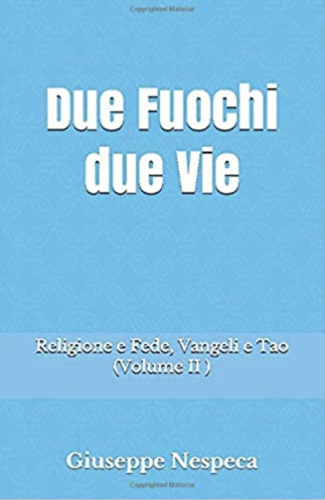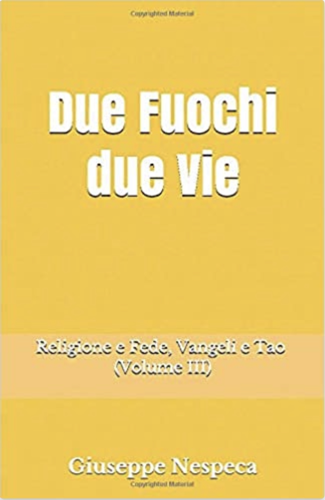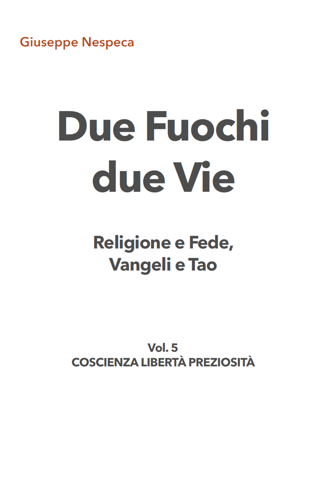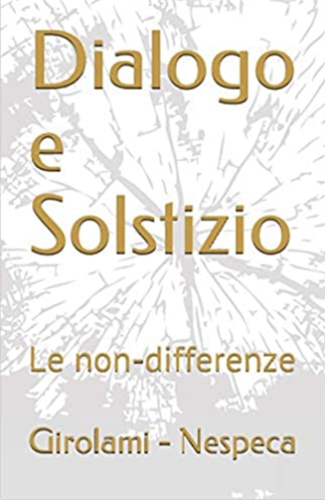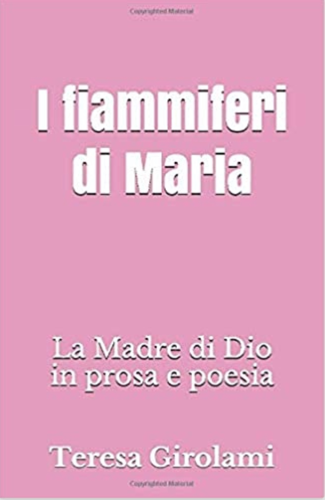“What a great thing it is to possess the Cross! He who possesses it possesses a treasure” (Saint Andrew of Crete, Homily X on the Exaltation of the Cross, PG 97, 1020). On this day when the Church’s liturgy celebrates the feast of the Exaltation of the Holy Cross, the Gospel you have just heard reminds us of the meaning of this great mystery: God so loved the world that he gave his only Son, so that men might be saved (cf. Jn 3:16). The Son of God became vulnerable, assuming the condition of a slave, obedient even to death, death on a cross (cf. Phil 2:8). By his Cross we are saved. The instrument of torture which, on Good Friday, manifested God’s judgement on the world, has become a source of life, pardon, mercy, a sign of reconciliation and peace. “In order to be healed from sin, gaze upon Christ crucified!” said Saint Augustine (Treatise on Saint John, XII, 11). By raising our eyes towards the Crucified one, we adore him who came to take upon himself the sin of the world and to give us eternal life. And the Church invites us proudly to lift up this glorious Cross so that the world can see the full extent of the love of the Crucified one for mankind, for every man and woman. She invites us to give thanks to God because from a tree which brought death, life has burst out anew. On this wood Jesus reveals to us his sovereign majesty, he reveals to us that he is exalted in glory. Yes, “Come, let us adore him!” In our midst is he who loved us even to giving his life for us, he who invites every human being to draw near to him with trust.
This is the great mystery that Mary also entrusts to us this morning, inviting us to turn towards her Son. In fact, it is significant that, during the first apparition to Bernadette, Mary begins the encounter with the sign of the Cross. More than a simple sign, it is an initiation into the mysteries of the faith that Bernadette receives from Mary. The sign of the Cross is a kind of synthesis of our faith, for it tells how much God loves us; it tells us that there is a love in this world that is stronger than death, stronger than our weaknesses and sins. The power of love is stronger than the evil which threatens us. It is this mystery of the universality of God’s love for men that Mary came to reveal here, in Lourdes. She invites all people of good will, all those who suffer in heart or body, to raise their eyes towards the Cross of Jesus, so as to discover there the source of life, the source of salvation.
The Church has received the mission of showing all people this loving face of God, manifested in Jesus Christ. Are we able to understand that in the Crucified One of Golgotha, our dignity as children of God, tarnished by sin, is restored to us? Let us turn our gaze towards Christ. It is he who will make us free to love as he loves us, and to build a reconciled world. For on this Cross, Jesus took upon himself the weight of all the sufferings and injustices of our humanity. He bore the humiliation and the discrimination, the torture suffered in many parts of the world by so many of our brothers and sisters for love of Christ. We entrust all this to Mary, mother of Jesus and our mother, present at the foot of the Cross.
[Pope Benedict, homily 150th anniversary Lourdes, 14 September 2008]






